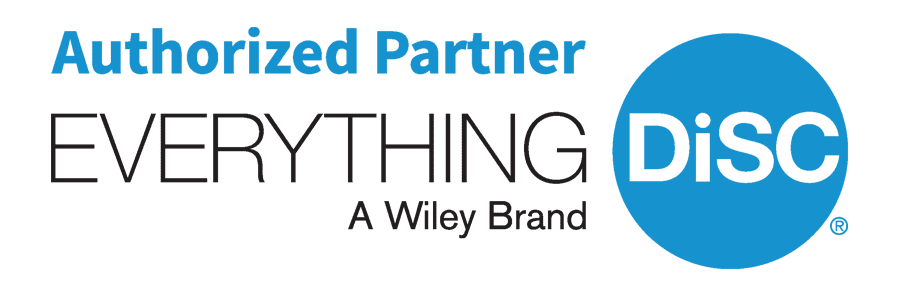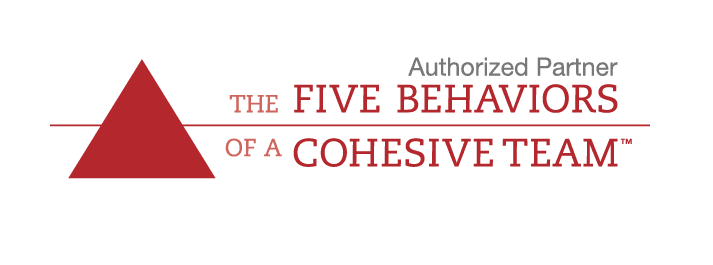Case Study: DiSC Classic Used to Develop Cohesion in a Congregation
Even in religious organizations an understanding of others’ personality, behavior and needs can be lost. The DiSC Classic 2.0 helps some see the light.
Organization
State headquarters of a religious denomination with a staff of about 15 people.
Challenge
The organization, charged with instilling a sense of connection, purpose and inspiration to the 50 churches in their state, was missing a sense of cohesion. Clashing personalities, lack of clear boundaries between different jobs, and poor communication was plaguing this group of professionals. Further, their lack of cohesion was reverberating among the churches in their charge.
“I learned how to deal with the different types of people so that we have a more effective team.”
Except for the executive director, the employees were fairly new to their positions. The executive director would be retiring soon and wanted to leave “a well-oiled machine” for the next director to work with. While they had sought out many content-related trainings to help people do their jobs better, they hadn’t pursued team-building training to improve their work dynamic. They were, however, highly committed to building a better team.
Solution
After conducting an in-depth interview with the office manager to determine the challenges and desired results of this organization, I developed a day-long training using DiSC Classic 2.0. I also used the DiSC Classic Facilitator Report to plan an effective training for the attendees. We met in a comfortable and neutral setting nearby. Participants were arranged in a u-shaped configuration so they could see and hear each other well. Our training focused on motivation, conflict, and communication.
Using the suggested QuikDiSC® icebreaker, the participants relaxed and related to one another in a more open, inquisitive way. As they warmed up to each other, they became more open to the training.
“The workshop opened awareness of why the people in the group behave in the manner they do in leadership, discussion, and conflict.”
Several people aired concerns about the way work was getting done or not getting done.
One participant, who had received extensive training in other work-related settings, was pleasantly surprised to discover that he learned quite a bit during our session—both about himself and his co-workers. “I was very impressed with the resources,” he said. Another remarked, “It was active and deep, but non-threatening.”
One woman had a very tough time seeing herself in the answers to the behavioral assessment. “How can I have scored so high on D?” she asked. While others could see it in her, she could not see it in herself. We spent quite a bit of time talking about what the assessments actually assess, and how even the most challenging words can be seen in a positive light.
I used the DiSC Classic Team View Report and DiSC Classic Group Culture Report to help them discover important information about their teammates.
The section on met and unmet motivations was particularly revealing, as was the section on group culture. Lively discussions ensued about how each participant needed to be motivated by different things, and how they could adjust the work environment to meet the needs of others. The office manager summed it up at the end: “I learned how to deal with the different types of people so that we have a more effective team.” Another participant commented, “The workshop opened awareness of why the people in the group behave in the manner they do in leadership, discussion, and conflict.”
Results
I followed up with the executive director after the session. He was very pleased. A high D, secondary I, he led by inspiration. In our debriefing session, I worked with him to think about how to channel the energy, talents and preferences of his staff to create a more effective structure.
About ten months later, I saw the executive director again. “We refer back to the DiSC material a lot,” he said with confidence. “We continue to work with it; it’s been very helpful. We’ve really become a team.” He learned how to effectively manage his staff, while letting go of one team member whose contributions were not adequate to the task at hand.
The results with this group were so positive that they are going to train other leadership groups in the denomination, as well as new members of the staff at headquarters. Having used the DiSC Classic 2.0 online, it will be easy to generate new Team View and Group Culture Reports to get new staff members up to speed.
Download PDF of Case Study: Using DiSC Classic to Develop Cohesion in a Congregation
For more information about the Center for Internal Change and the Everything DiSC and DiSC Classic products we provide, please call us at (847) 259-0005.





